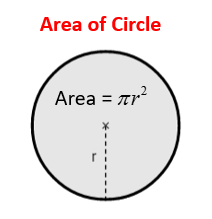What's the best/optimum bass driver size?
...Yes obviously bigger driver = more bass
You (correctly) answered your own question.

Size matters but there's LOT more to woofer design than size and bigger isn't always better. But you're not going to get realistic bass that you can feel in your body from a 6-inch woofer.
Are you building or buying? Or just asking?
If you are buying, check the specs/measurements (although you can't always believe them) and listen if possible. If you are building, there is software that can model a particular driver (using the Thiele-Small parameters) in a particular ported or sealed box to predict performance and optimize the design.
...I have a pair of 15-inch subs in large (about 3-feet tall) cabinets in my living room. Probably overkill but "adequate" for my listening. Some people have more/bigger woofers.
I need a calculator for this stuff
A spreadsheet doesn't hurt.

The area of 15-inch circle is 4 times that of a 7.5 inch circle. Or, if you have a 15-inch square you can fit one one 15-inch circle or four 7.5 inch circles inside.
Technically, the piston area only includes the moving-part of the cone.
P.S.
A lot of bass guitar cabinets use four 10-inch speakers. Apparently, this provides enough piston area while allowing the drivers to go high-enough in frequency to cover the full range of the instrument. When a 15-inch driver is used in a guitar amp/cabinet, there's usually a horn midrange-tweeter.
That's just an observation... Guitar & bass-guitar speakers are NOT designed for 'hi-fidelity".

